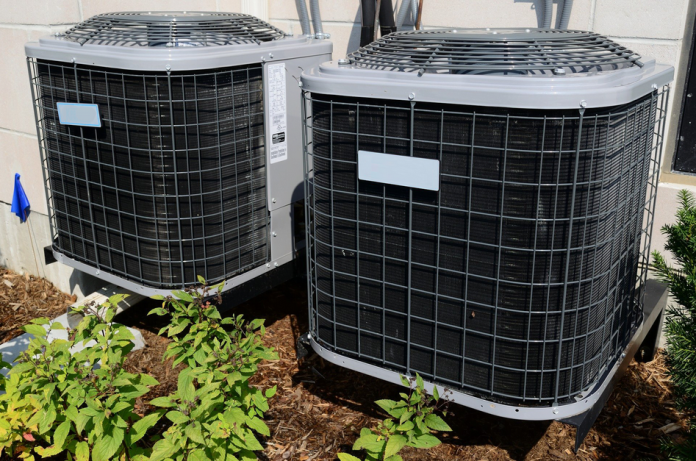In countless households, air conditioning systems tirelessly operate year-round to ensure a comfortable living environment. However, the ceaseless usage can occasionally lead to unexpected malfunctions, leaving occupants in a quandary. While the prospect of engaging professional air conditioner repair services in Houston might be daunting, some individuals may be inclined to explore do-it-yourself (DIY) solutions before making that call.
Modern air conditioning systems, intricate in their design and akin to sophisticated refrigeration equipment, necessitate extensive training and specialized tools for repair tasks. Complex issues such as motor replacements or refrigerant leaks typically demand the expertise of seasoned professionals who can accurately diagnose and rectify the problem. Despite this, there are instances where homeowners can undertake preliminary troubleshooting before resorting to professional assistance, especially when confronted with the issue of inadequate cooling. Here are some DIY tips to address common AC concerns.
Unraveling AC Issues
- Thermostat Check: Take a moment to inspect your thermostat settings. Incorrect configurations, such as a switch to heating mode or an excessively high temperature setting, might be the root cause of cooling inefficiencies.
- Filter Examination: Regularly changing the AC filter is a fundamental step in maintaining optimal efficiency. Filters tend to accumulate dust over time, leading to reduced airflow. Adopt a routine of replacing the filter every three months to prevent airflow issues.
- Circuit Breaker Reset: When the compressor or fans fail to start, check the electrical panel for tripped circuit breakers. Resetting them could resolve the problem temporarily. If the issue persists, it’s advisable to seek professional assistance.
- Vent Inspection: Contrary to common belief, closing vents in unused rooms does not save energy; instead, it may disrupt the AC system’s balance. Ensure that all vents are open to maintain proper airflow throughout your home.
- Unit Cleaning: Dirt accumulation is a common culprit for AC malfunctions. Carefully clean the condenser fan and fan blades, eliminating visible debris. Exercise caution to avoid damage, and remember to turn off the power before cleaning.
- Condenser Examination: Outdoor condenser units endure various weather conditions. Check for signs of damage and clear any debris or vegetation that might impede airflow around the unit.
- Evaporator Drain Inspection: The evaporator drain, responsible for collecting humidity, can become clogged over time. Regularly check and, if necessary, pour a water and bleach mixture down the drain to eliminate mold or algae buildup.
Seeking Professional Inspection
If DIY efforts prove insufficient and your AC continues to underperform, it’s prudent to schedule a comprehensive inspection by a trusted AC professional. Regular maintenance and timely servicing enhance the longevity and peak performance of your AC system, ensuring it reliably delivers the cool comfort your household deserves.
image source : homemaking










